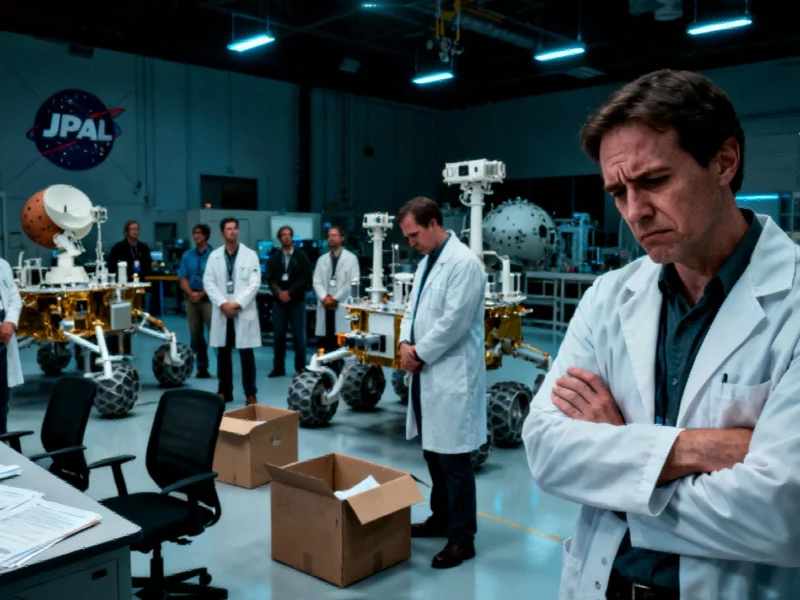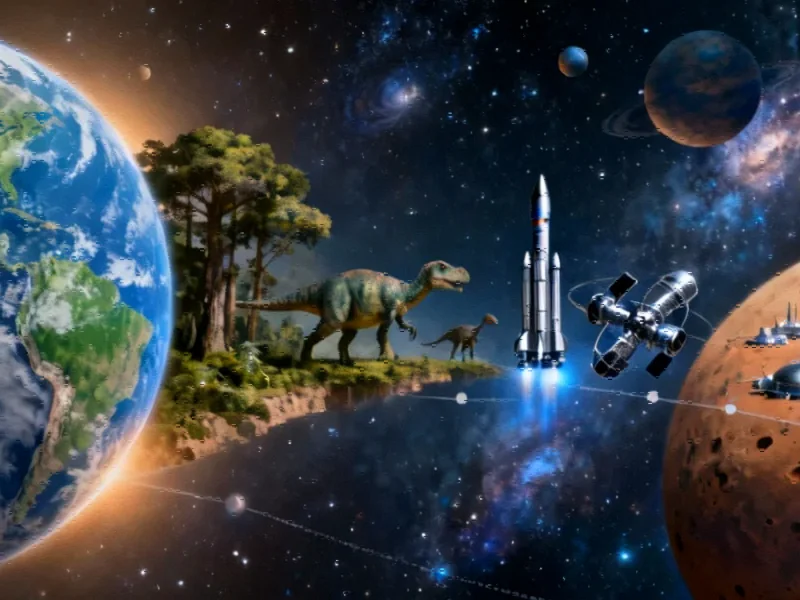Starlink’s Milestone Launch and Expanding Network
SpaceX has achieved a significant milestone in its satellite internet ambitions, having launched its 10,000th Starlink satellite aboard a Falcon 9 rocket. This latest mission deployed 28 next-generation satellites, further solidifying the company’s dominance in low Earth orbit broadband services. While the total number of launched satellites now exceeds 10,000, the current operational constellation consists of approximately 8,500 satellites, accounting for those that have naturally deorbited or been deliberately decommissioned.
The Starlink project, which began with its first satellite deployment in 2019, has transformed from an experimental concept into the world’s most extensive satellite internet network. SpaceX has strategically utilized spare capacity on Falcon 9 missions to gradually build out its constellation, creating a delivery system that has proven both efficient and scalable. This approach has enabled the company to far outpace competitors, with the nearest rival constellations numbering barely 100 satellites each.
Global Impact and User Growth
Starlink’s expansion has translated into substantial real-world impact, serving over 7 million customers worldwide as of fall 2025. The service now provides coverage across most global regions, with notable exceptions including Russia, China, and select nations in Africa and South America. The network has demonstrated particular value in emergency and conflict situations, most notably in augmenting Ukraine’s communication infrastructure during ongoing military operations. Additionally, it has brought high-speed internet to previously underserved rural communities across multiple continents.
The service’s growth reflects broader market trends toward decentralized connectivity solutions. As terrestrial infrastructure struggles to reach remote locations, satellite networks offer an increasingly viable alternative for both individual consumers and enterprise applications.
Future Expansion Plans and Competitive Landscape
Despite its current market leadership, SpaceX shows no signs of slowing its constellation expansion. The company has regulatory approval for an initial target of 12,000 satellites, with potential plans to expand to more than 34,000 in the coming years. This ambitious roadmap comes as other global powers recognize the strategic importance of space-based internet infrastructure.
The European Union is developing its own sovereign constellation system, while Russia has announced plans to test a similar network by 2027. China’s Guowang satellite network is also experiencing steady growth, indicating that the global communication landscape is becoming increasingly competitive in the orbital domain. These developments highlight how space-based internet has evolved from a technological experiment to a critical infrastructure priority for nations worldwide.
Starship: The Next Frontier in Satellite Deployment
The recent acceleration in Falcon 9 launch cadence—marking its 132nd mission this year—represents just one aspect of SpaceX’s deployment strategy. The company’s development of the Starship vehicle promises to revolutionize satellite deployment capabilities once it becomes fully operational. During sub-orbital test flights, Starship has already demonstrated the ability to deploy dummy Starlink satellites, showcasing its potential for mass satellite deployment.
When Starship achieves reliable orbital capability, it could deploy hundreds of satellites per mission, dramatically accelerating constellation growth. This capability aligns with broader industry developments toward more efficient mass deployment systems. The transition to Starship-based deployments would represent a fundamental shift in how satellite constellations are built and maintained.
Technical and Operational Considerations
SpaceX has continuously improved its satellite technology through multiple generations of Starlink spacecraft. The latest versions feature enhanced bandwidth capabilities, improved solar arrays, and better propulsion systems for orbital maneuvering and collision avoidance. These technical advancements have been crucial for managing the growing density of satellites in low Earth orbit and addressing concerns about space debris.
The company’s approach to constellation management includes automated collision avoidance systems and planned deorbiting procedures for end-of-life satellites. These operational protocols represent significant advancements in space traffic management that will become increasingly important as more entities deploy satellite constellations.
For those interested in the technical specifics of SpaceX’s achievement, detailed analysis of the Starlink deployment milestones provides deeper insights into the engineering and operational challenges overcome to reach this point. The continued evolution of satellite technology promises to drive further related innovations in both space and terrestrial communication systems.
Broader Implications for Global Connectivity
Starlink’s growth represents more than just a corporate achievement—it signals a fundamental shift in how global internet infrastructure is developed and deployed. The ability to provide high-speed broadband anywhere with a clear view of the sky has implications for disaster response, maritime and aviation connectivity, and bridging the digital divide in remote regions.
As the constellation continues to expand, it will likely catalyze new applications and services that leverage low-latency satellite connectivity. From autonomous vehicle networks to remote industrial operations, the infrastructure being built today will enable tomorrow’s connected world. The pace of this transformation underscores how quickly space-based technologies are becoming integral to terrestrial economies and daily life.
This article aggregates information from publicly available sources. All trademarks and copyrights belong to their respective owners.
Note: Featured image is for illustrative purposes only and does not represent any specific product, service, or entity mentioned in this article.



